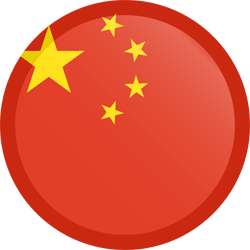- cross-posted to:
- technology
- cross-posted to:
- technology
Here is the full report (pdf, 28 pages)
China is rapidly advancing its global propaganda strategies through international communication centers (ICCs), with over 100 centers established since 2018 — most since 2023. These centers aim to amplify the Chinese Communist Party’s (CCP) voice on the international stage, targeting specific audiences with tailored messaging (a strategy known as “precise communication”). ICCs coordinate local, national, and international resources to build China’s image, share political narratives, and promote economic partnerships.
By leveraging inauthentic social media amplification, foreign influencers, and collaborations with overseas media, ICCs advance China’s multi-layered propaganda approach. For instance, Fujian’s ICC reportedly manages TikTok accounts targeting Taiwanese audiences, likely including a covert account that is highly critical of the Taiwan government called Two Tea Eggs. On YouTube, the same ICC promotes videos of Taiwanese individuals praising China. These centers are strategically positioned to promote China’s interests during geopolitical crises, despite challenges like limited credibility and resource constraints.
[…]
ICCs employ various tactics to achieve their objectives. Social media operations form a core component of their strategy, with thousands of accounts active across platforms like Facebook, YouTube, and TikTok. Many of these accounts lack transparency about their state affiliations, enabling covert influence campaigns. Additionally, ICCs leverage foreign influencers and “communication officers” to amplify China’s narratives through user-generated content, vlogs, and experiential propaganda.
Collaboration with overseas media organizations further enhances ICCs’ reach and legitimacy. Through actions like organizing foreign journalist visits to China, ICCs create an impression of organic coverage and offer an alternative to Western narratives. These partnerships — reportedly established in Australia, Brazil, Cambodia, Egypt, France, Japan, Russia, the United States, and elsewhere — are complemented by localized propaganda activities that align with China’s economic and geopolitical interests.
[…]


